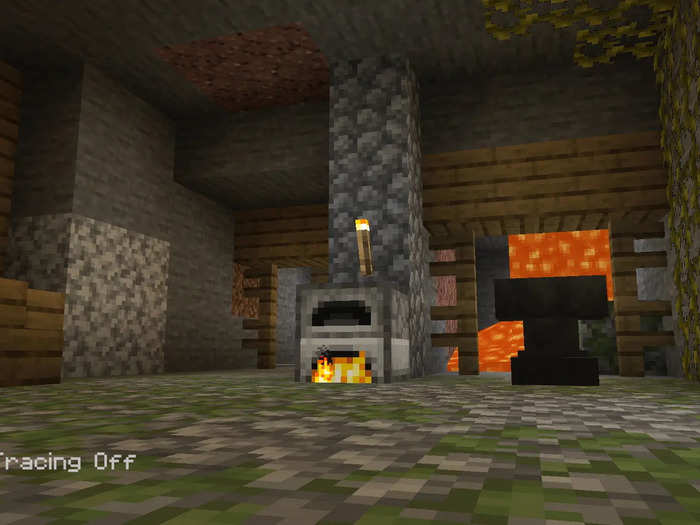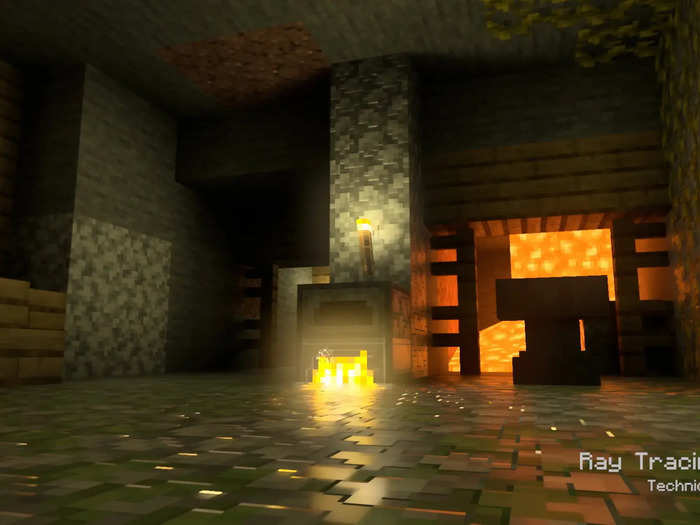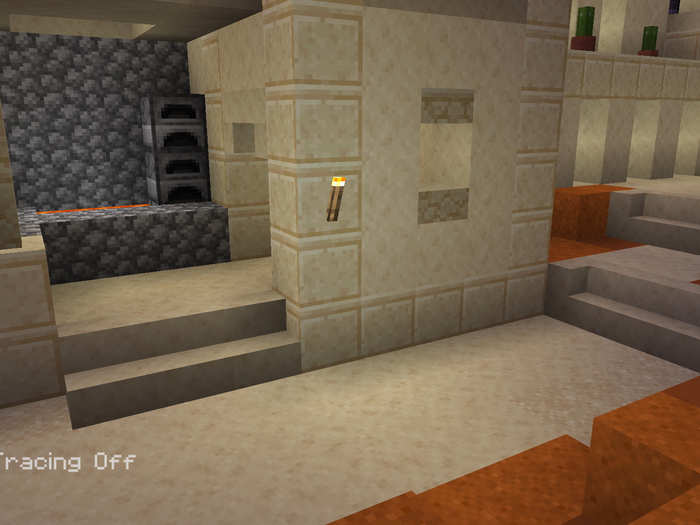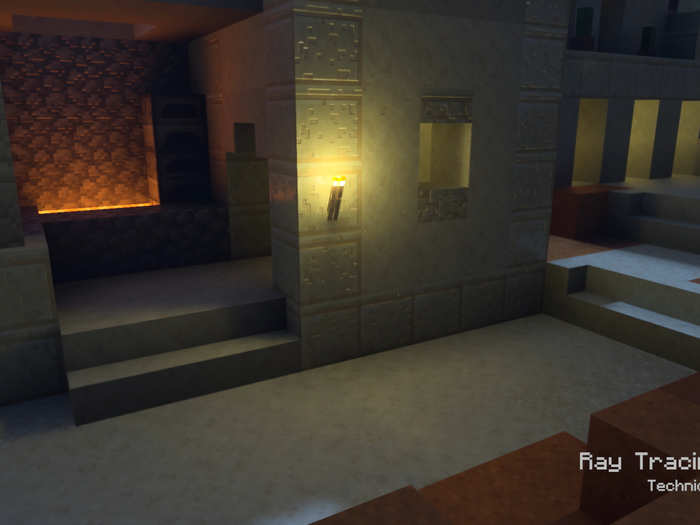- Home
- slideshows
- miscellaneous
- The next PlayStation and Xbox both have new graphics tech that makes games look better than ever - take a look
The next PlayStation and Xbox both have new graphics tech that makes games look better than ever - take a look
What is ray tracing?

Here's a look at ray tracing in effect, care of Square Enix's "Back Stage" demo from last September:

Both Microsoft's Xbox Series X and Sony's PlayStation 5 are confirmed as using ray tracing tech, but Microsoft's already showing off what it looks like. Here's an image of "Minecraft" with Ray Tracing turned off:

And here's the same image from the game, but with ray tracing turned on:

Here's one more with ray tracing turned off:

And the same scene with it turned on:

The difference is staggering.
The room immediately feels warmer, and more realistic — yet it's still full of blocky "Minecraft" visuals, of course.
"Shadows cast from objects soften or harden depending on how far away from the object you are, while lava gives off a warm orange glow that dissipates over distance and reflects off of minecart rails," Microsoft's blog post about the change says. "Even the moon casts its own rays, streaming down through cracks in the walls and reflecting off particles in the air."
In addition to revealing the internal specs of the Xbox Series X this week, Microsoft worked with tech vlogger Austin Evans to release several videos of new features in action. Here's a closer look at ray tracing in "Minecraft":

More than just interesting, these videos offer a first look at a critical component of next-gen visuals.
Eurogamer's Digital Foundry, a well-respected site that focuses on technical aspects of video games, similarly worked with Microsoft for a deeper dive into "Minecraft" with ray tracing — that video is right here:

Popular Right Now
Advertisement